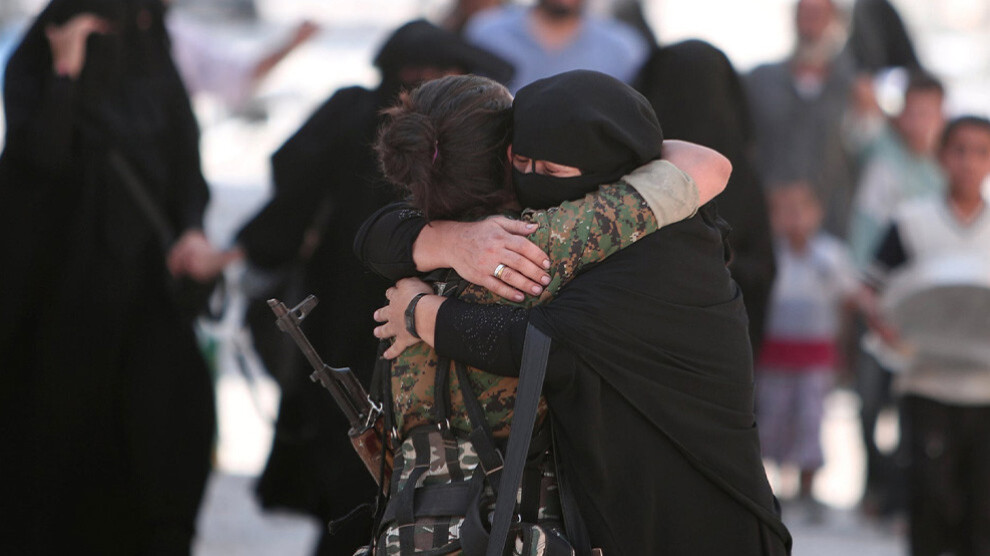Manbij celebrates sixth anniversary of its liberation
On 15 August 2016, the northern Syrian city of Manbij was completely liberated by the Syrian Democratic Forces (SDF) - thus ending the more than two and a half years of rule of the Islamic State.
On 15 August 2016, the northern Syrian city of Manbij was completely liberated by the Syrian Democratic Forces (SDF) - thus ending the more than two and a half years of rule of the Islamic State.

On 15 August 2016, the northern Syrian city of Manbij was completely liberated by the Syrian Democratic Forces (SDF) - thus ending the more than two and a half years of rule of the Islamic State.
For ISIS, the loss was a heavy defeat, as Manbij was considered the "secret capital", located on the strategically important supply route from the Turkish border to Raqqa, where suicide bombers were trained and sent to Europe, among other places.
Shortly before the SDF launched the liberation offensive at Tishrin Dam on June 1, 2016, the Manbij Military Council had been established by the SDF led by the People's and Women's Defense Units (YPG/YPJ). One of its co-founders was Abu Leyla (Faisal Abdi Bilal Saadoun), who was hit in the head by shrapnel during an artillery attack on the third day of the operation. When Abu Leyla died on August 5, the offensive on Manbij was named after him.
75-day liberation struggle
The battle for Manbij, which had been under IS terror since 2014, lasted a total of 75 days. It was a complete success, in which YPJ fighters played a major role. Unforgotten are the images of women who burned their veils and lit cigarettes after liberation, of men who had their beards shaved in public, and the relieved and beaming faces of children. But the fight for a free Manbij was also very costly. Large parts of the city were destroyed. About 300 fighters were killed, among them some internationalists.
Manbij: Ethnic and linguistic mosaic
After the liberation of Manbij, the SDF faced the challenge of bringing the population together around the political project of the "Democratic Federation of Northern Syria". Manbij is an ethnic and linguistic mosaic, whose inhabitants consist of about 70 percent Arabs, 20 percent Kurds, five percent Turkmen and a small number of Circassians and Armenians, who for decades were divided by tribal conservative policies promoted by the Syrian regime. During the years under the control of the IS, this policy of division intensified.
Social model has high democratic standards
In autumn 2016, the Military Council handed over the administration of the region to the Civil Council of Manbij. In the following March, the Civil Council was renamed as the "Legislature of the Democratic Administration of Manbij" in order to broaden its scope and increase its democratic legitimacy. Right at the beginning, a gender-equal dual leadership of one woman and one man was introduced in all offices, so that the proportion of women in the administration is 50 percent. The management of the self-administration consists of 132 persons. All social groups are represented according to their population shares. The importance of Manbij is thus not only explained by its geostrategic position in the overall Syrian context, but also by the political system established there since August 2016, which has a very high democratic claim and is considered a model for a new democratic Syria. This model of society has enabled a trusting and secure environment to be established, in which women have fought for their rights and now play a role in all areas of administration and life.